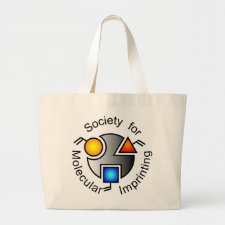
Authors: Monton MR, Forsberg EM, Brennan JD
Article Title: Tailoring Sol-Gel-Derived Silica Materials for Optical Biosensing.
Publication date: 2012
Journal: Chemistry of Materials
Volume: 24
Issue: (5)
Page numbers: 796-811.
DOI: 10.1021/cm202798e
Abstract: The last two decades have seen a revolution in the area of sol-gel-derived materials as media for the immobilization of biomolecules for biosensor fabrication. Such materials are suitable for the entrapment of a range of biomolecules, from enzymes to antibodies and even functional nucleic acids (FNA) such as aptamers and DNA enzymes. Recent progress in the development of 'protein friendly' sol-gel processing methods has allowed these materials to be utilized as components of numerous biosensors, using delicate biomolecules such as luciferease and kinases, or even membrane-bound receptors as biorecognition elements. In addition, such materials have proven to be particularly versatile in the fabrication of biosensors, being amenable to methods such as dipcasting, contact printing, or even noncontact inkjet printing to form a bioselective coating on a range of substrates. In this review, we provide an overview of advances in biofriendly sol-gel processing methods developed in our research group and others, and we highlight accomplishments in the immobilization of both proteins and FNA within silica based materials. We then describe methods for interfacing biomolecule-doped materials to optical biosensors, with emphasis on fiber optic sensors, microarray-based multianalyte sensors and bioactive paper-based test strips. In each case, the material processing requirements for fabrication of different devices is emphasized. Finally, a brief perspective on potential future areas of research in the field of sol-gel based biocomposites is provided.
Template and target information: Review - sol-gel materials in optical sensing
Author keywords: sol-gel, biosensor, Microarray, printing, bioactive paper, fluorescence



Join the Society for Molecular Imprinting

New items RSS feed
Sign-up for e-mail updates:
Choose between receiving an occasional newsletter or more frequent e-mail alerts.
Click here to go to the sign-up page.
Is your name elemental or peptidic? Enter your name and find out by clicking either of the buttons below!
Other products you may like:
 MIPdatabase
MIPdatabase









